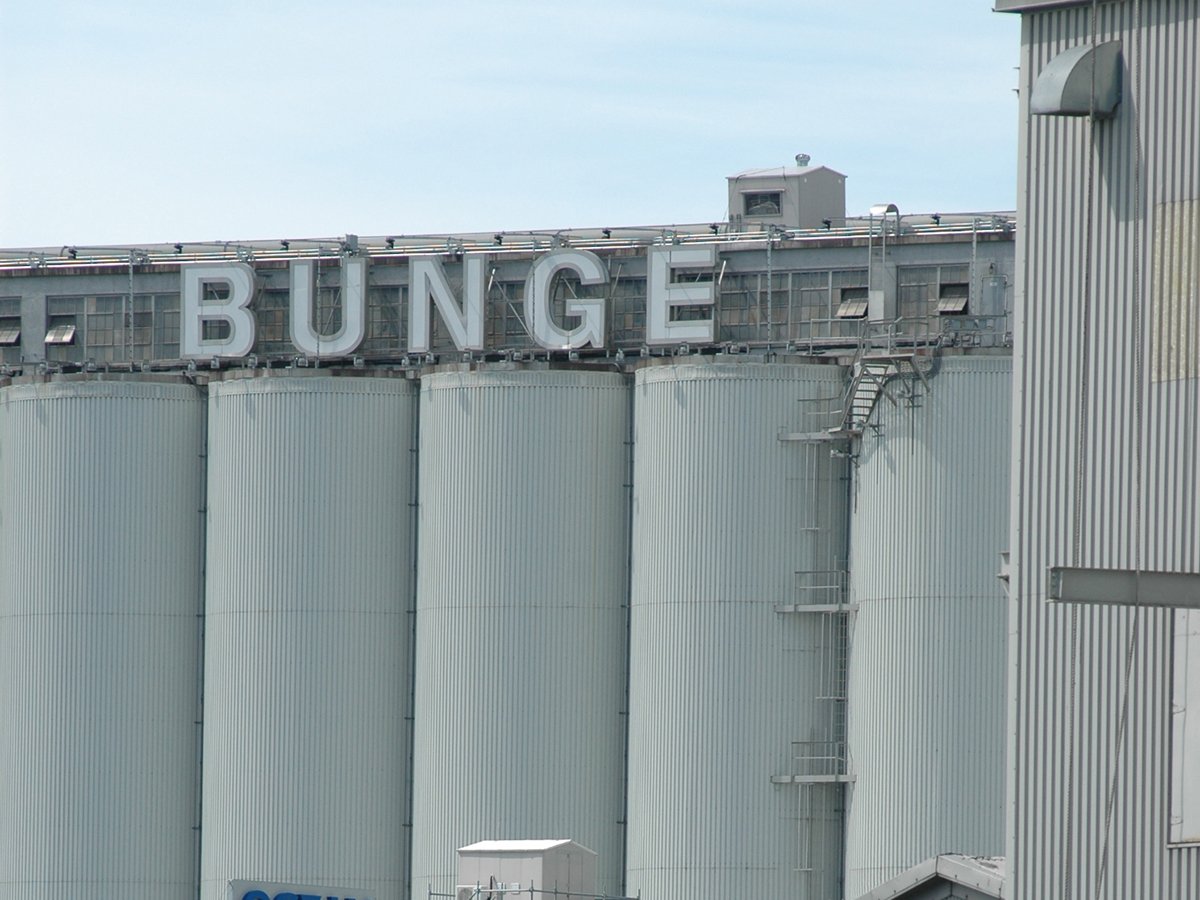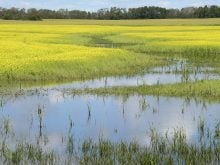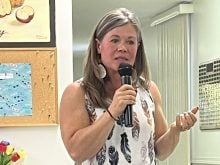Premier Scott Moe says construction costs are rising and the provincial government will allocate funding as the project proceeds in phases
REGINA — Saskatchewan will begin constructing the first phase of its Lake Diefenbaker irrigation project on its own after it was unable to secure Ottawa as a financial partner.
Premier Scott Moe announced last week that the $1.15 billion Westside Irrigation Project would be cost-shared with producers at a ratio that hasn’t yet been determined.
The project would add 90,000 acres of irrigated land in the province.
Construction is to start in 2025 after engineering, design and environmental work and consultations with First Nations and others are complete. An arm of SaskBuilds is leading that work.
Read Also

Bunge’s crop mix is changing
Bunge has predominantly been a soybean processing firm, but that’s about to change after the merger with Viterra with softseed processing and grain merchandising gaining ground.
Moe told the Saskatchewan Association of Rural Municipalities’ annual convention March 14 that agriculture is the “spinal cord” of the provincial economy. The recent drought years have made it clear that irrigation is key to improve both production and the value of crop production, he said.
“It could potentially mean going from maybe a year like this last year of seven or eight bushels to the acre to 50 bu. to the acre each and every year,” he said.
“Or it could mean going from growing a crop that’s about $600 an acre in revenues to growing a crop that might be $1,600 or $2,000 or $2,500 an acre in revenue.”
That would bolster farm production, value-added processing and food production jobs and buffer the sector from weather challenges.
The premier said Lake Diefenbaker was always meant to supply significantly more irrigation when it was created in the 1960s than it actually has.
In 2020, Moe announced a three-phase $4 billion expansion of irrigation and water supply from the reservoir to include rehabilitation and expansion of Westside and the South Qu’Appelle water conveyance project. At the time the province hoped the federal government would come on board as a funding partner, but only a loan through the Canada Infrastructure Bank has been discussed.
“We cannot wait for the federal government. We’re going to move forward on our own,” Moe told SARM delegates.
“This is significant for Saskatchewan to continue to be a major provider of food security, not only for ourselves, our nation, but for over 150 countries that we export to around the world.”
Irrigators welcomed the announcement but said farmers’ participation is uncertain until they know exactly how much more they will have to pay, beyond their own on-farm costs of pivots and other infrastructure.
Saskatchewan Irrigation Projects Association chair Aaron Gray said irrigators “are committed to helping feed the world and create significant benefits for the people of Saskatchewan.”
Moe told reporters funds will be allocated for the project as it moves along. He didn’t rule out a partnership with Ottawa in future.
He said the project is about more than irrigation because it will provide water for mining, energy and livestock production. Construction costs are rising substantially since the original estimate, and he said proceeding in phases is the best approach.
“It’s important for us to get started,” he said.
“We will continue to work with the federal government so that they could be a partner in this space.”
The opportunity to, for example, grow vegetables and attract a major food processor requires a certain number of acres under irrigation, Moe added.
“So I think there’s an opportunity for us, rather than do all phases at once, experience that entire cost at once, to actually build the industry literally acre by acre or tens of acres or 10,000 acres and then also continue to build on some of the infill opportunities,” he said.
David Marit, the minister responsible for the Water Security Agency, said more than 58,000 irrigated acres have been developed in the last four years. That’s the most since the early 1980s. These acres are in smaller areas mostly outside the Lake Diefenbaker region.
On March 13, the government announced $19 million in funding for infrastructure formerly owned by government and now operated by irrigation districts and for future development. The money can be used for pumps, pipes, canals and other infrastructure.
Gray said the funding helps ensure long-term success.
Six districts will receive money through the rehabilitation, development and efficiency programs. These include the largest, the South Saskatchewan Irrigation District, which will get $9.5 million over five years for rehabilitation.
Luck Lake and Riverhurst districts will both receive $3.8 million over five years, while Grainland will receive $441,180 and Moon Lake, $159,005.
The Miry Creek district will get $153,710 plus a one-time payment of $1.3 million to repair the water intake of its pumping system.
















